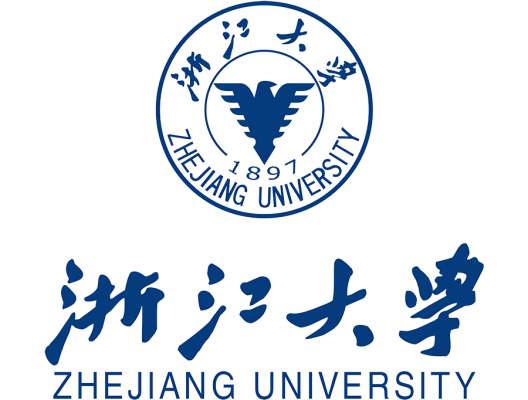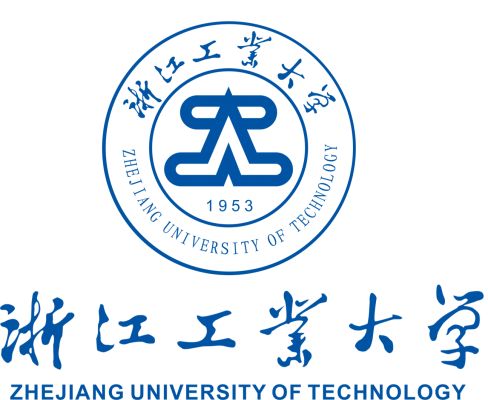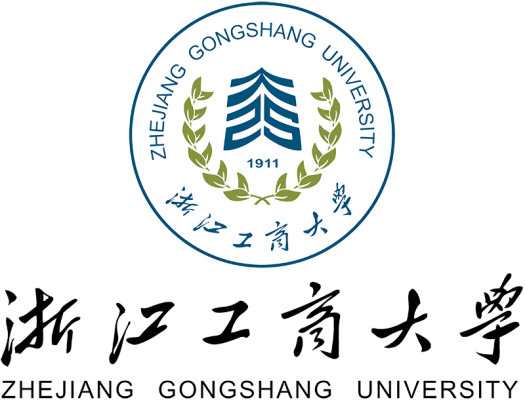IEEE ICCC 2024 Workshop on
Digital Twins and Pervasive Intelligence Synergy in Next-Gen 6G Networks (DTPI-6G)
Hangzhou, China|7-9 August 2024
ORGANIZING COMMITTEE
General Co-Chair
Ning Zhang, University of Winsor, Canada, ning.zhang@uwindsor.ca
Ning Lu, Queens University, Canada, ning.lu@queensu.ca
Technical Program Co-chairs
Qihao Li, Jilin University, China, qihaol@jlu.edu.cn
Wen Wu, Peng Cheng Laboratory, China, wuw02@pcl.ac.cn
Peng Yang, Huazhong University of Science and Technology, China, yangpeng@hust.edu.cn
Kaige Qu, University of Waterloo, Canada, k2qu@uwaterloo.ca
Publicity Co-chair
Mingyan Li, Chongqing University, China, limy2021@cqu.edu.cn
Haixia Peng, Xi'an Jiaotong University, China, haixia.peng@xjtu.edu.cn
SCOPE AND MOTIVATION
The synergy of pervasive intelligence and digital twin (DT) technology has the potential to revolutionize the telecommunications landscape, particularly with regard to 6G networks. This synergy lies in the integration of DTs -- virtual replicas of physical systems driven by real-time data from sensors and devices -- with cutting-edge AI/ML algorithms, which facilitates a virtualized network operation and monitoring environment that is fully automated and intelligently responsive to network conditions and user needs. DTs serve as a cornerstone for deploying zero-touch network architectures, where AI-driven insights can preemptively solve problems, optimize network performance, and tailor services to user demands, thereby transforming the telecommunications industry and supporting various sectors including smart cities, intelligent transportation, and more. However, this synergy does come with challenges, which originate from the complexities of integrating extremely detailed virtual replicas with advanced, powerful and ubiquitous AI capabilities inside the framework of next-generation networks. For example, the expansive nature of 6G networks, designed to support a massive number of connected devices and services, imposes significant demands on DT scalability. Additionally, the integration of DT and pervasive intelligence inherently involves the handling of sensitive data and the potential for increased cyber vulnerabilities. In conclusion, the integration of DT and pervasive intelligence into 6G networks marks a significant step towards constructing intelligent, self-optimizing networks that can anticipate and respond to changing demands in real-time. This shift is critical for supporting the increasingly complex and dynamic digital systems of the future, such as smart cities, autonomous systems, and IoT landscapes, where network services must be extremely efficient, reliable, and flexible.
The objective of the workshop is to explore the pivotal role of DTs and pervasive intelligence in crafting the backbone of 6G networks, emphasizing the synergy between these technologies in achieving unprecedented network performance metrics such as high energy efficiency, ultra-reliability, and minimal latency.
TOPICS OF INTEREST
- Architectures for Scalable Digital Twins in 6G Networks
- AI/ML Algorithms for Network Virtualization and Automation
- AI-Driven Network Optimization Using Digital Twins
- Pervasive Intelligence for Autonomous Network Management
- Energy-Efficient 6G Networks Through Digital Twin Technologies
- Security and Privacy in Digital Twin-Enabled 6G Networks
- Interoperability and Standardization for DT and AI in 6G
- Real-Time Data Analytics and Edge Computing in DT-6G Integration
- Ultra-Reliable Low-Latency Communications (URLLC) in 6G with DT
- Innovative Services and Applications Enabled by DT and 6G
- Predictive Analytics and Fault Management
- Integration of IoT and DT in 6G Networks
- Data Management and Analytics for DT in 6G
- Virtualization and Network Slicing for Customized DT Applications
- Intelligent drone/UAV assisted networking
- Intelligent space-air-ground integrated networking
- Human-Machine Interfaces and User Experience in DT-Enhanced 6G Networks
- Innovative Applications and Services Enabled by DT and 6G
- Cross-Domain Applications of DT in 6G
KEYNOTE SPEAKERS
IMPORTANT DATES
SUBMISSION INSTRUCTIONS
Papers must be formatted in the standard IEEE two-column format that is used by the ICCC 2024 main conference and must not exceed six pages in length (including references). All submitted papers will go through a peer review process. All papers for workshop should be submitted via EDAS through the following link: https://edas.info/newPaper.php?c=32115














